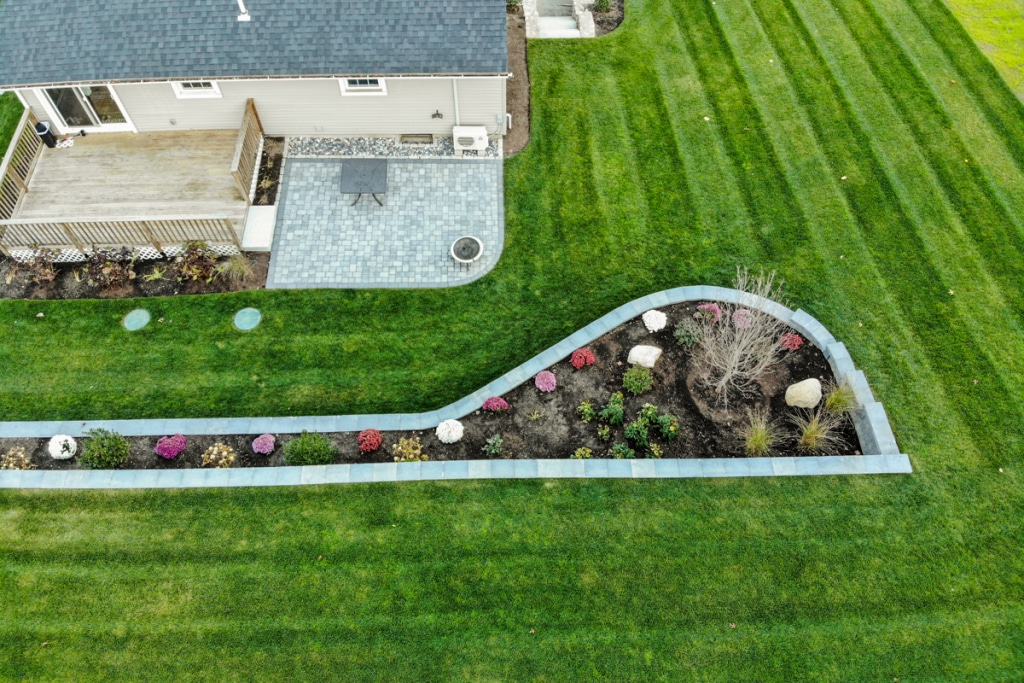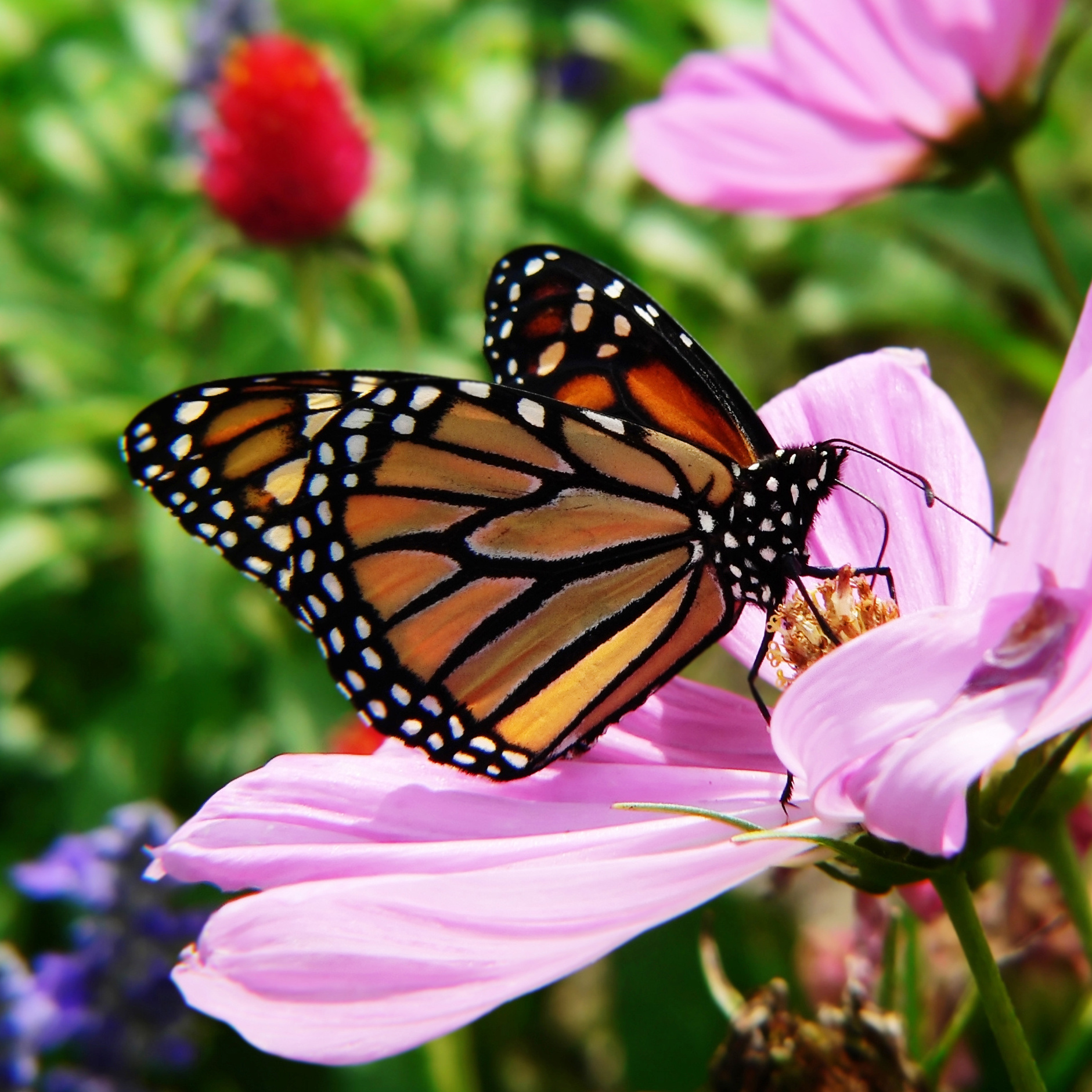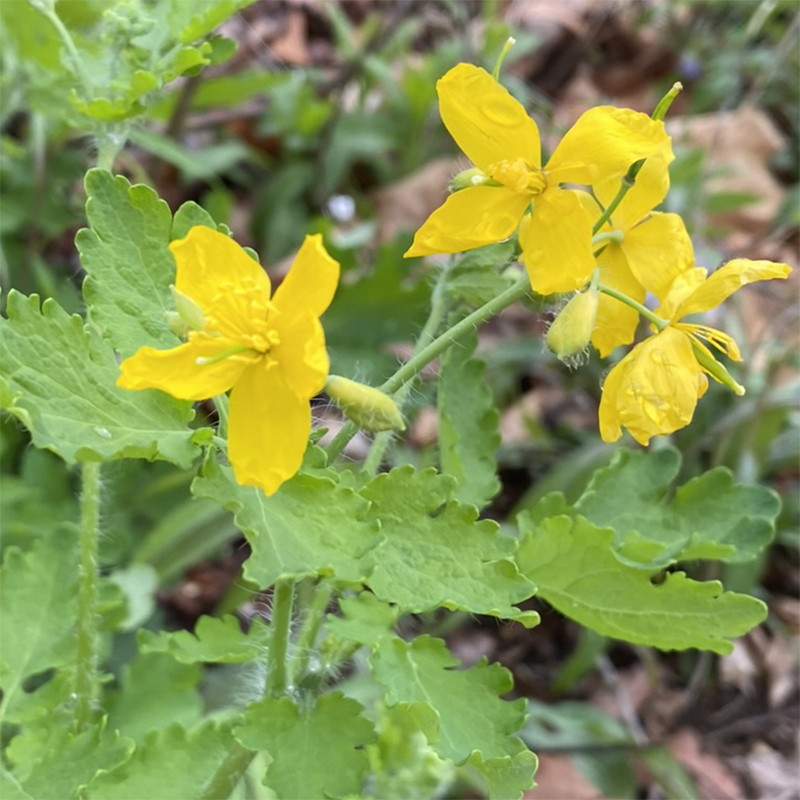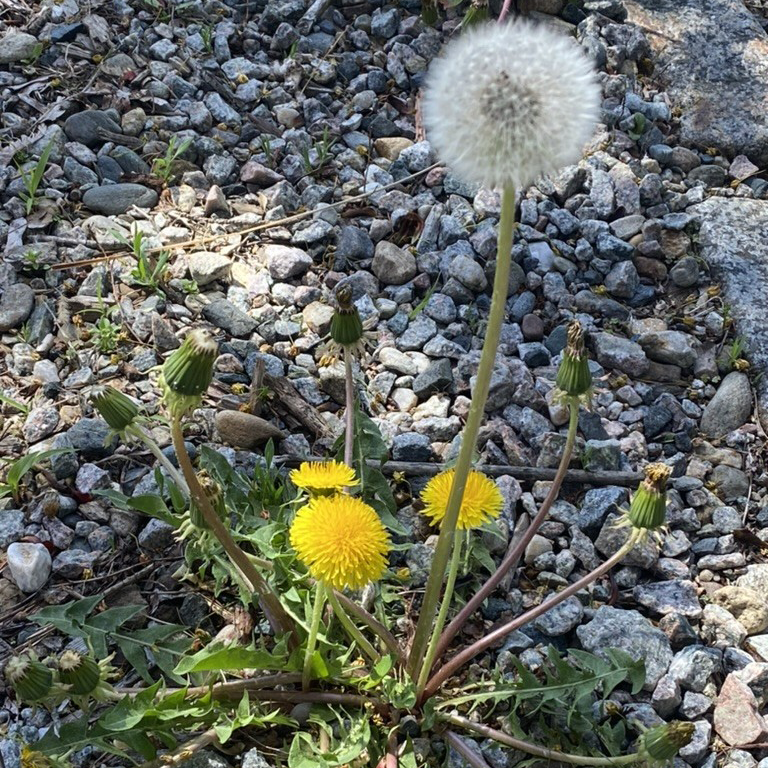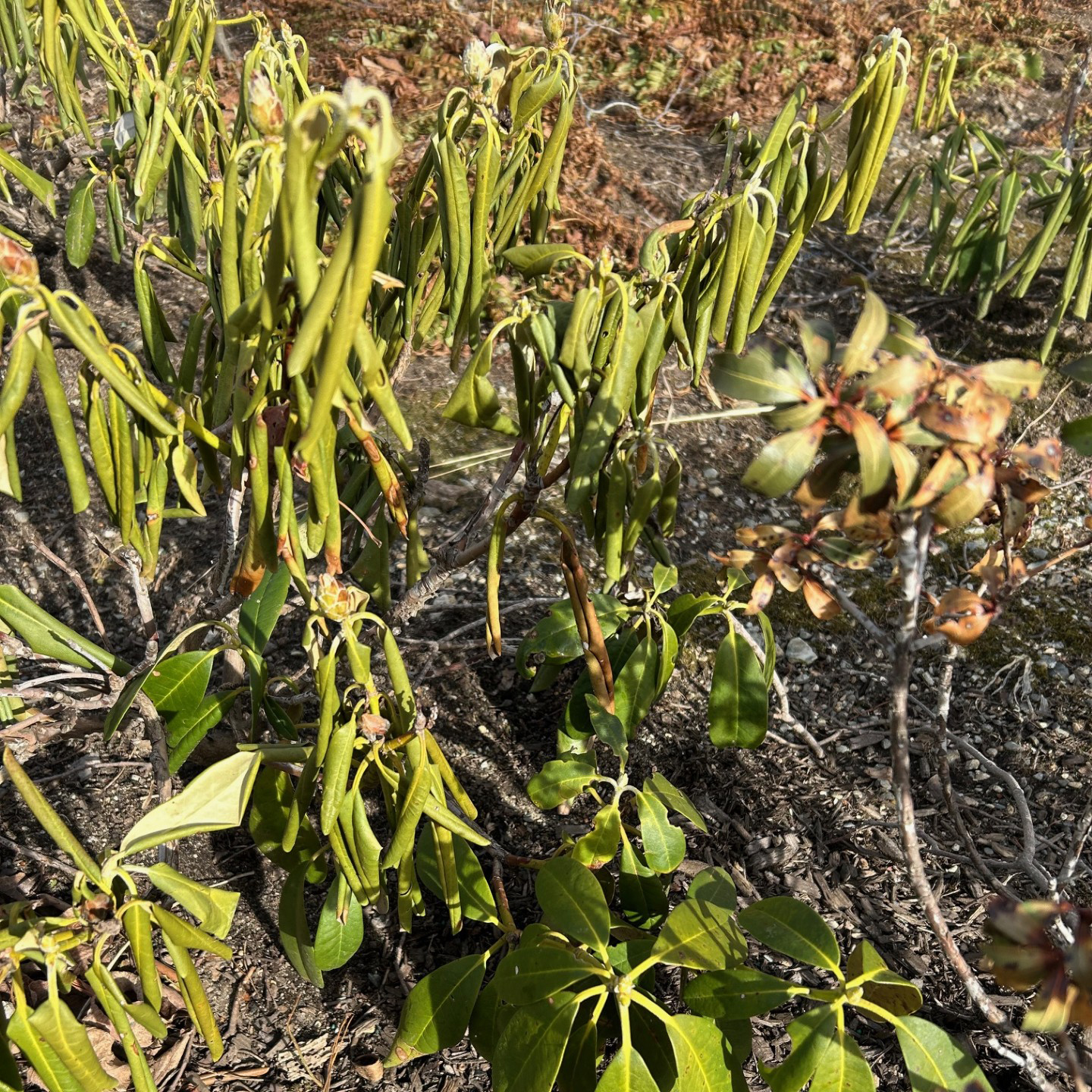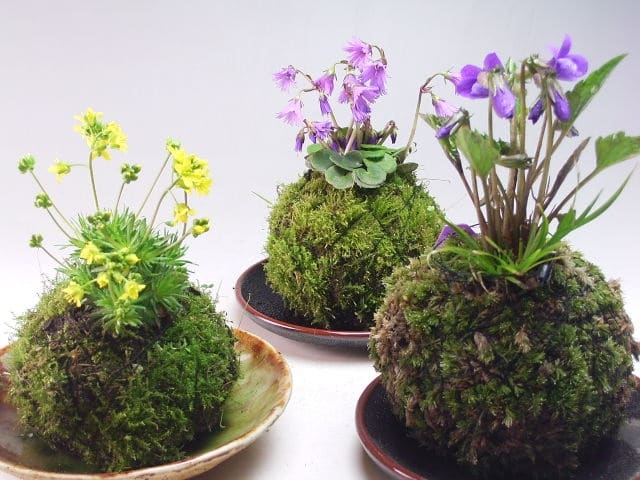
Part living sculpture and part houseplant, Kokedama have enjoyed a surge in popularity in recent months. Kokedama literally means “moss ball” in Japanese, and are occasionally called “poor man’s bonsai” or “string gardens”.
Foregoing regular pots and planters in favor of earth & moss, they are reminiscent of green planets with miniature growing ecosystems. Designs range from simple to exquisite: Kokedama can be as simple as a suspended sphere of moss and tiny sprouts, or as elaborate as an arrangement of complimentary houseplants anchored in a green orb, set in a ceramic saucer. Occasionally Kokedama artists will add a touch of whimsy by attaching miniature figurines, or by using different colors of twine to create patterns.
To create a kokedama, first, a smallish specimen plant is selected, or a collection of plants with similar light and moisture requirements. Generally, shade plants are preferred since they works best with moss. The roots are gently loosened and then encased in a special mixture of clay-like soil called akedama and peat. After this lump of soil is shaped into a ball, it is wrapped in mosses and tied with twine to hold it all together. It can then be suspended with twine or set on a shelf or a dish.
To care for Kokedama, one simply sets the moss ball in a dish of lukewarm water for a few hours, allowing the moss and soil to soak. Then simply squeeze out the extra water and return it to its display. Allow the ball to dry out between waterings, but an occasional misting helps to keep it fresh.
If you are looking for a way to get your hands dirty this winter and would like to introduce something unique to your collection of indoor plants, Kokedama is a fun, creative, and fairly easy project. With just a few supplies from the greenhouse or garden center you can create your own little moss planets and brighten up your home.

